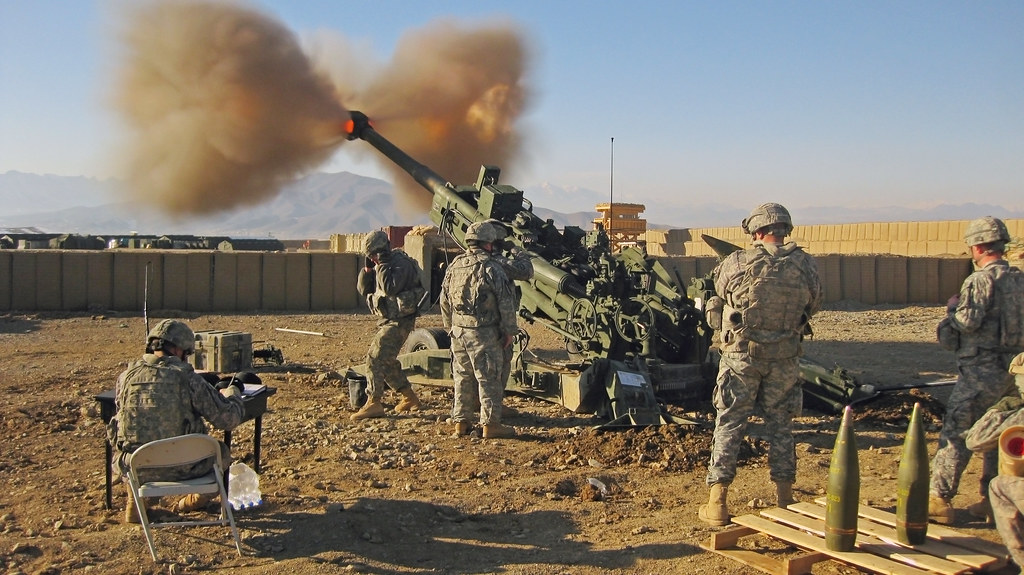
The U.S. Army’s artillery modernization efforts are shifting toward a new era as mobile and automated systems take center stage, adapting to the needs of modern warfare.

Gen. James Rainey, head of the Army Futures Command, has underscored the pressing need for artillery units to stay agile in the face of the drone threat and enemy fire. This pivot responds to a tactical landscape reshaped by the lessons learned from the ongoing conflict in Ukraine and technological advances.

At a Senate hearing, Rainey indicated the Army’s future artillery could include wheeled howitzers fielded in Europe and automated cannons. He noted the effectiveness of Europe’s wheeled howitzers in combat, specifically referencing the French Caesar and Swedish Archer systems.
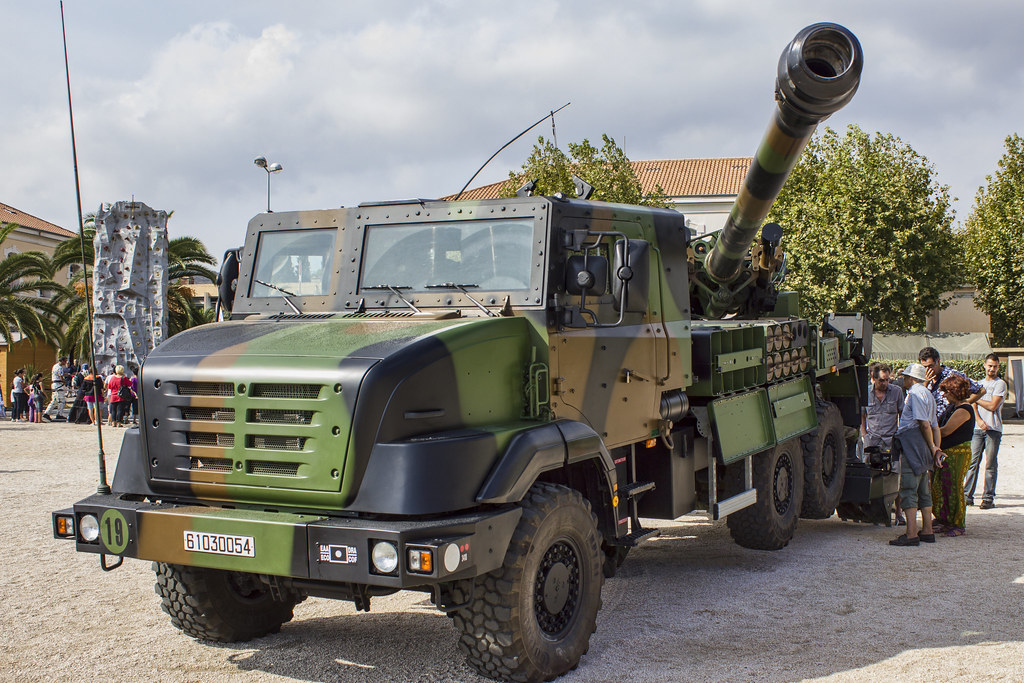
Both systems exemplify the type of mobile artillery capable of swift deployment and displacement, crucial for surviving on today’s battlefield, teeming with drones capable of search-and-destroy missions.
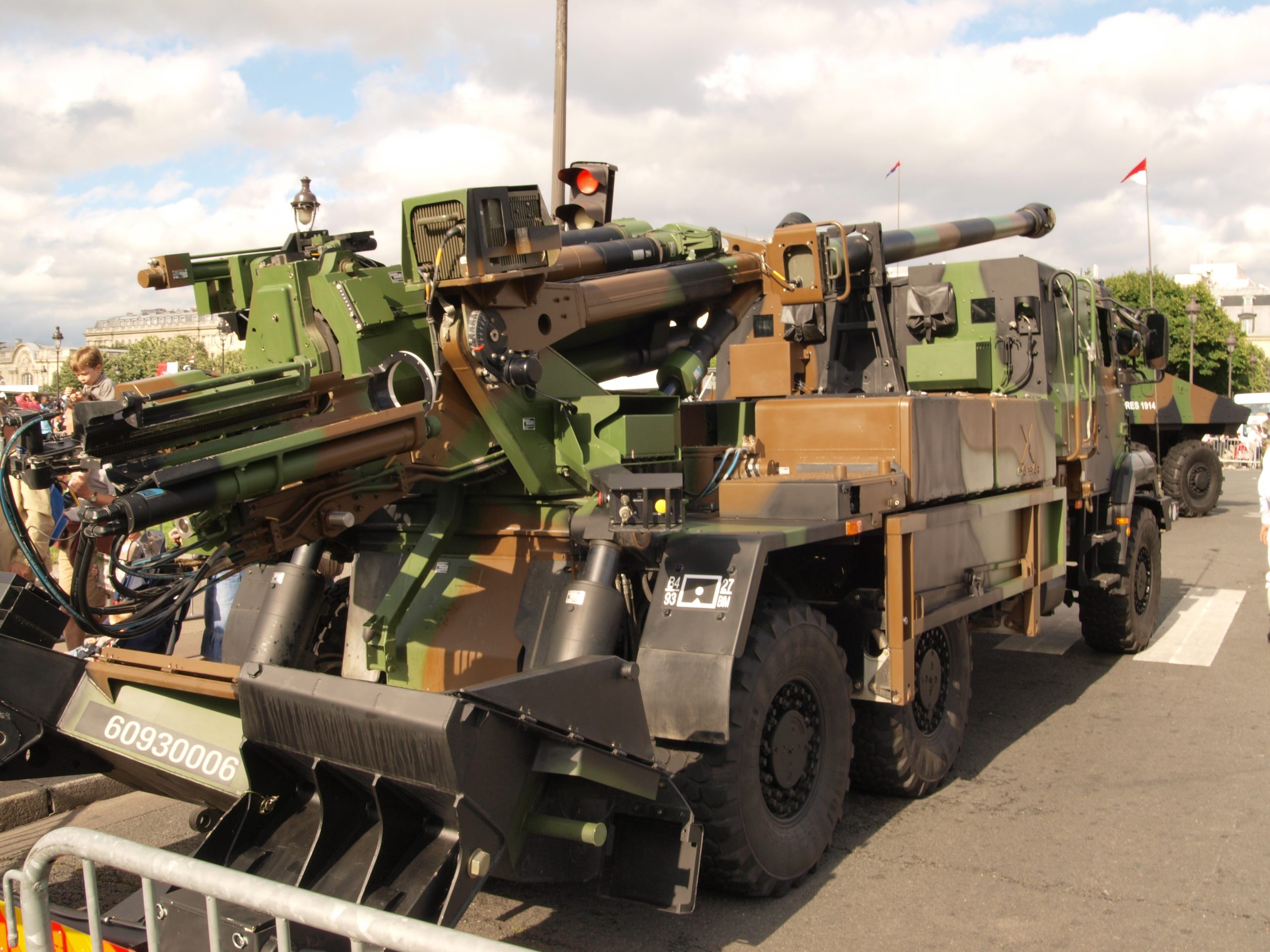
The Army plans to host a competition for various mobile artillery systems to select a new self-propelled howitzer. This initiative follows the cancellation of the Extended Range Cannon Artillery (ERCA) howitzer, which encountered engineering challenges during testing.
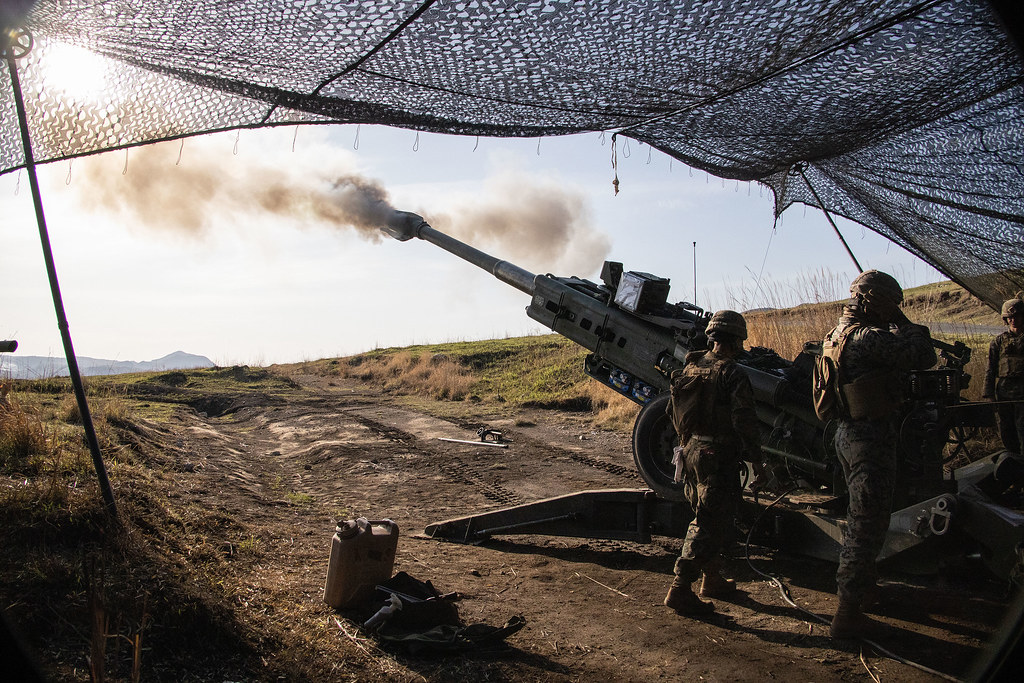
The move away from towed artillery, a mainstay for nearly nine centuries, marks a significant strategic redirection.
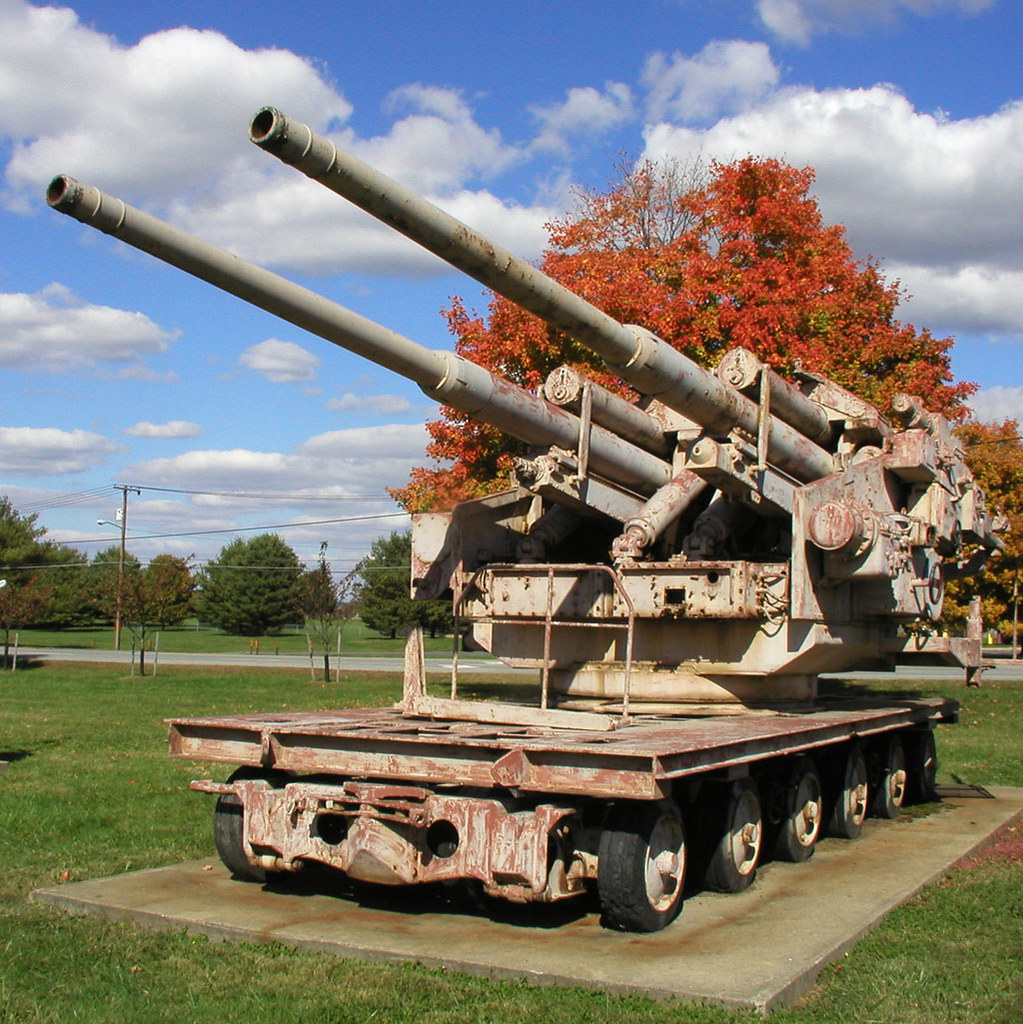
Rainey also discussed efforts to extend the range of mortar systems, citing success with one of the calibers in use. This parallels the development of longer-range howitzer rounds, such as BAE’s test of an extra-long Rheinmetall barrel firing a modified 155mm round.
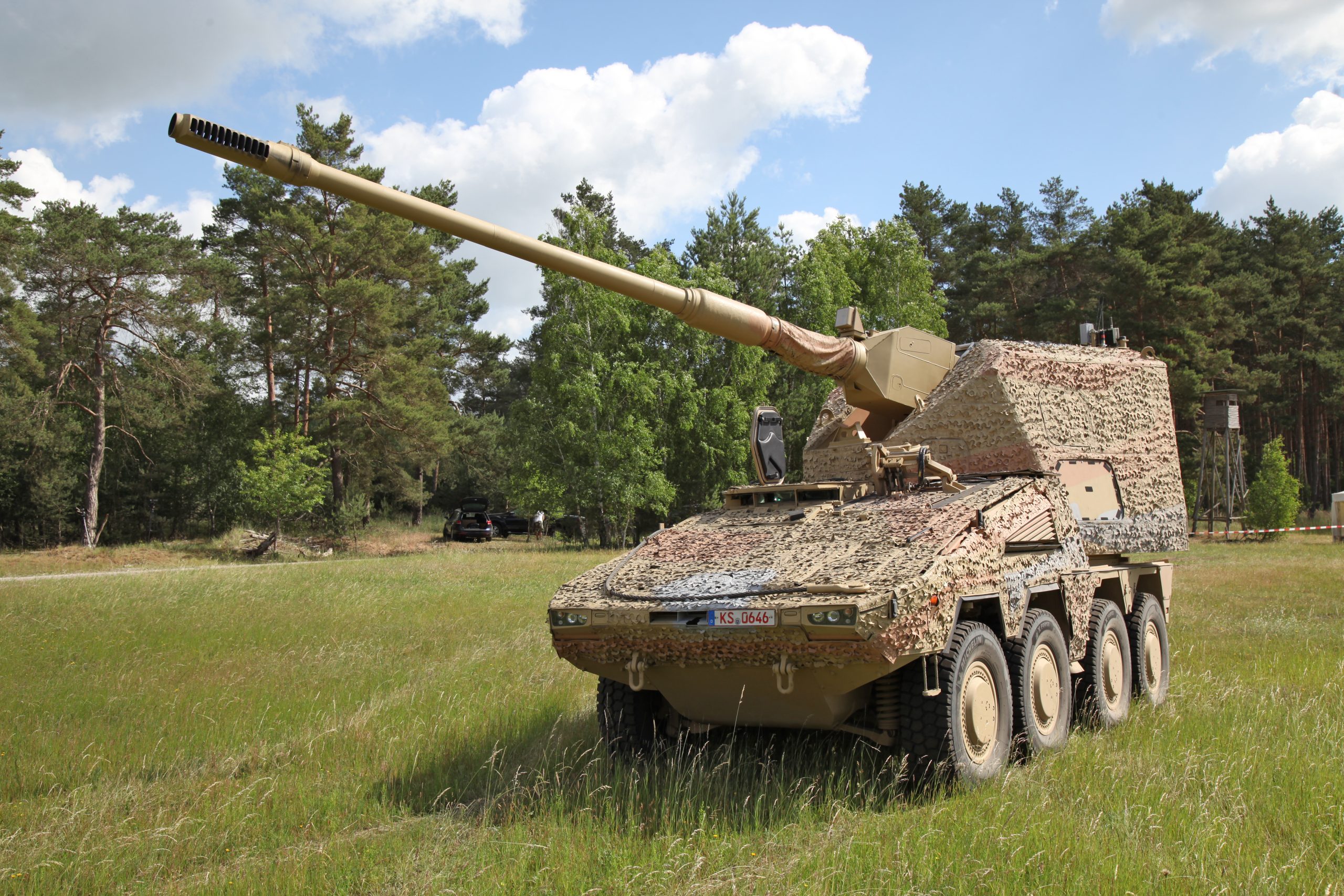
Rainey’s interest in a “very capable autonomous and robotic cannon” made by a U.S. partner hints at the Army’s open-minded approach to leveraging allied innovations, including auto-loading and potentially autonomous capabilities from systems like Germany’s RCH 155.
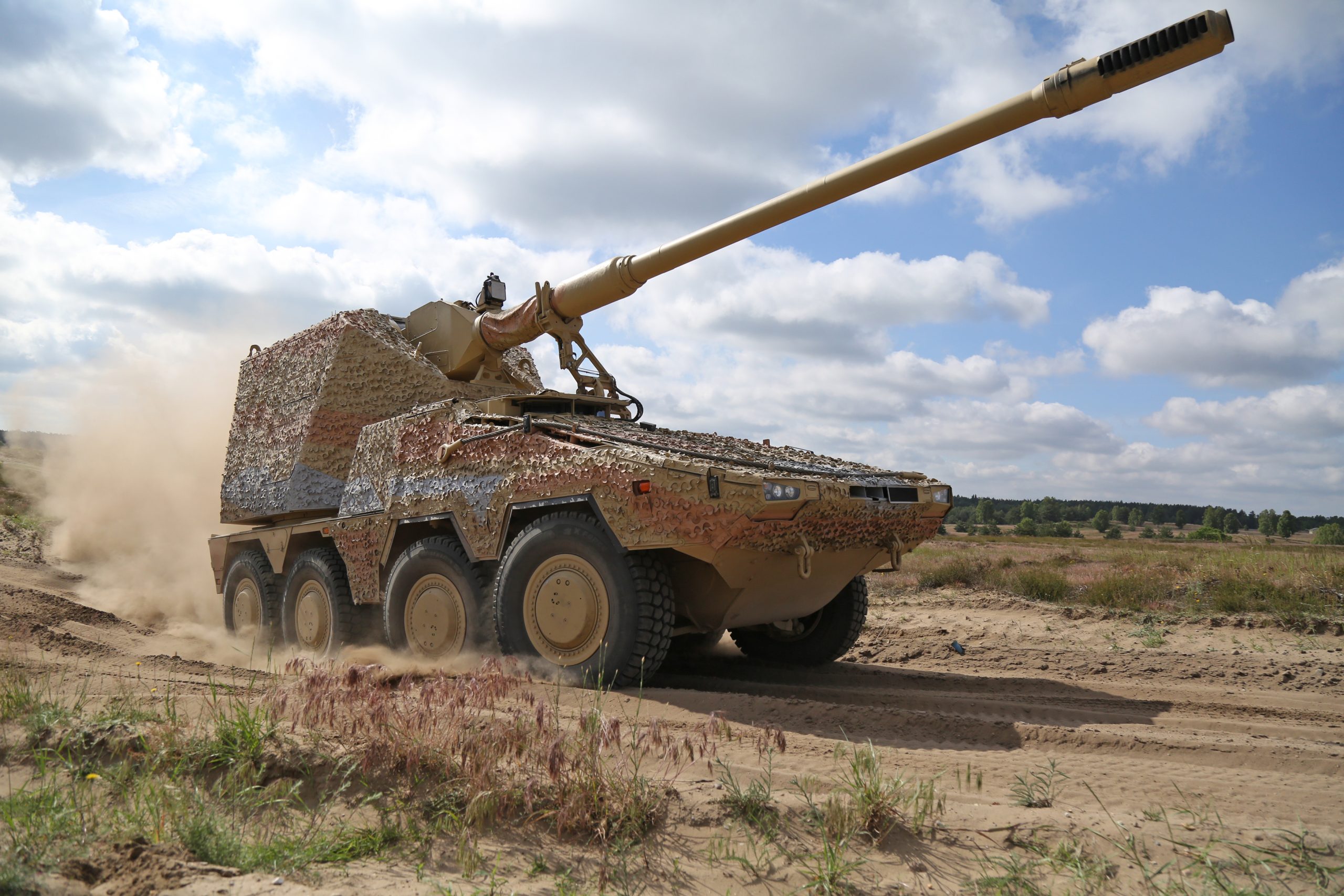
While precision munitions have their place, Rainey emphasized the importance of capacity over capability in tactical fires.
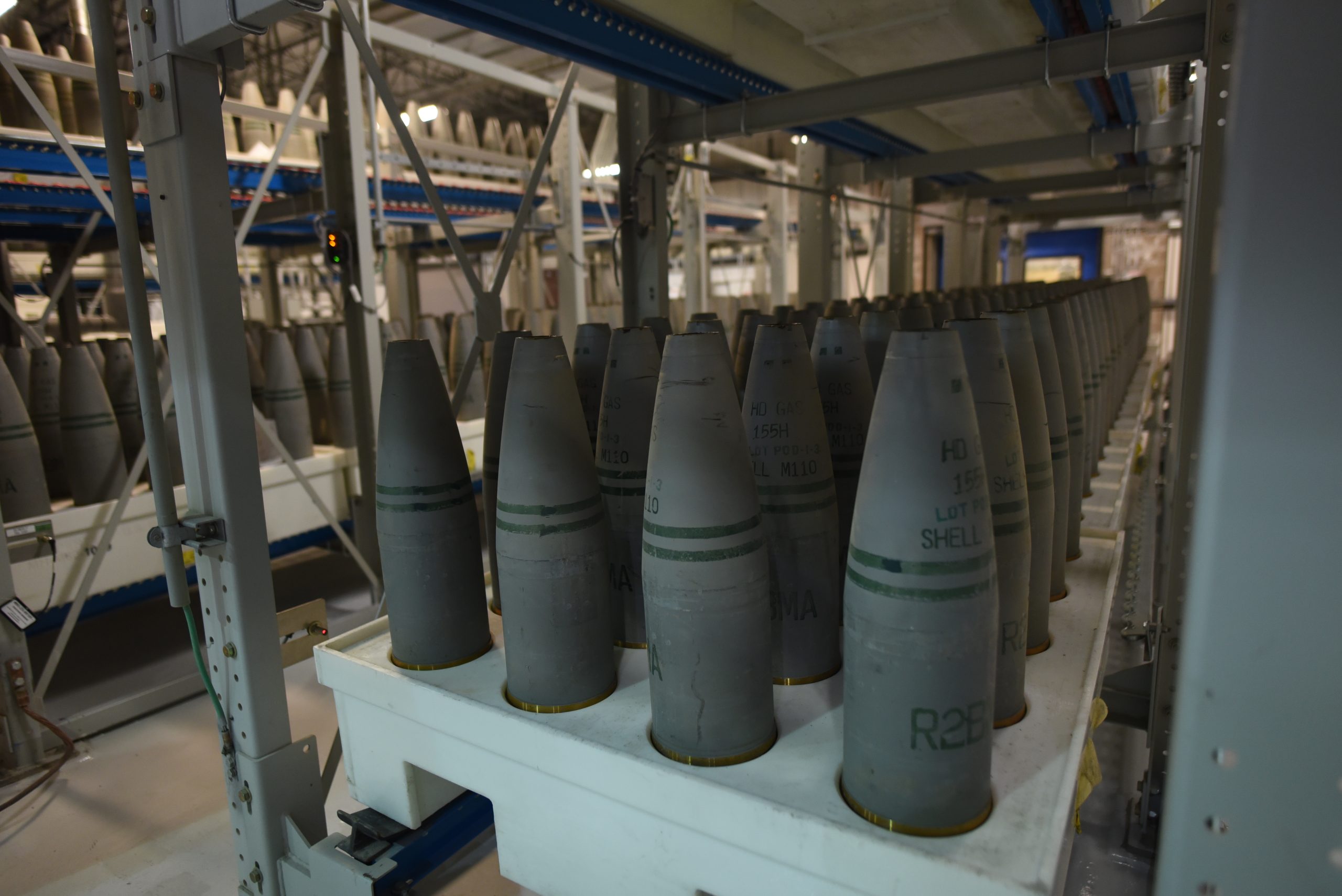
The example given was blanketing an enemy formation with standard 155mm rounds versus using costly precision rounds to destroy a single tank.

It’s a shift in doctrine that aligns with the demands of contemporary warfare where quantity and sustained firepower can sometimes trump the precision of costlier munitions.
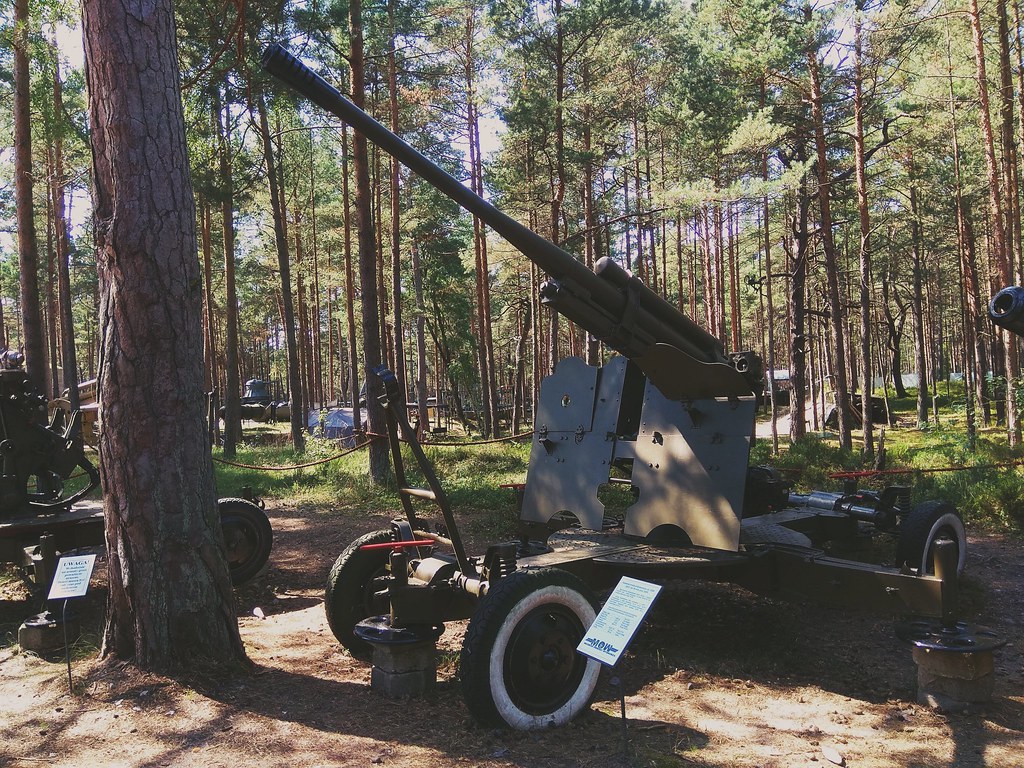
Looking ahead, the Army is crafting a new conventional fires strategy that will consider a variety of options to fulfill the need for an extended-range cannon.
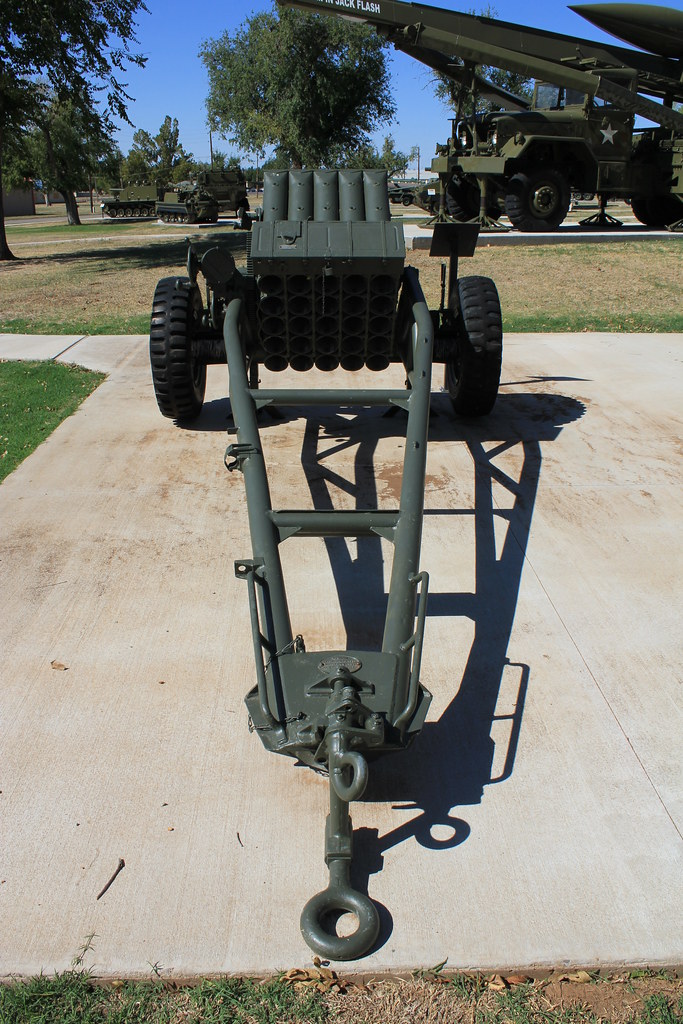
With options like shorter 52-caliber gun tubes or continued R&D on the 58-caliber system, the Army is committed to finding a more affordable long-range solution.
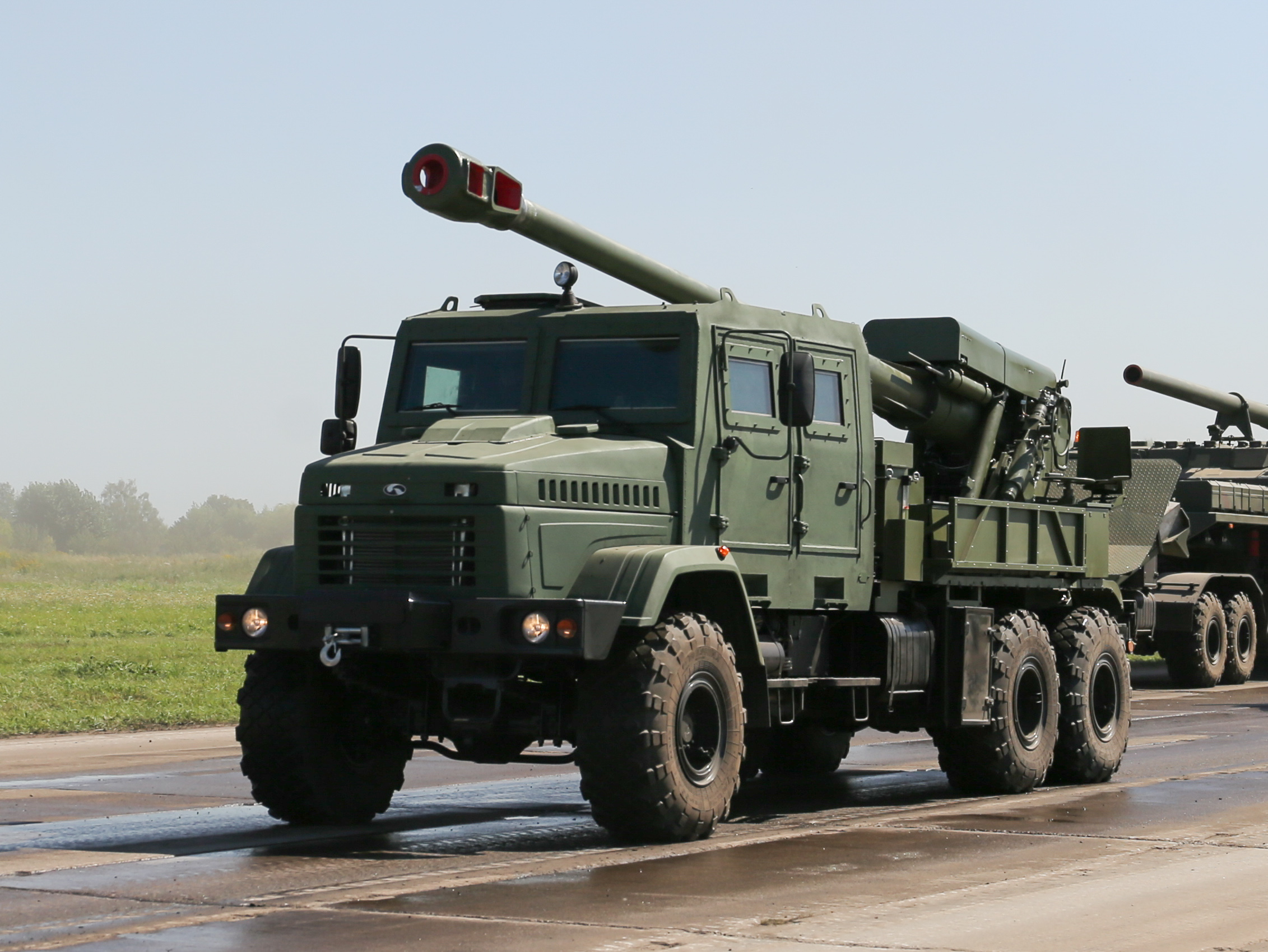
The push for mobile and autonomous artillery is part of a broader Army effort to expedite key technologies. This focus on innovation in firepower reflects the Army’s determination to meet the challenges of future conflicts, ensuring readiness and the capacity to dominate in the domain of long-range precision fires.
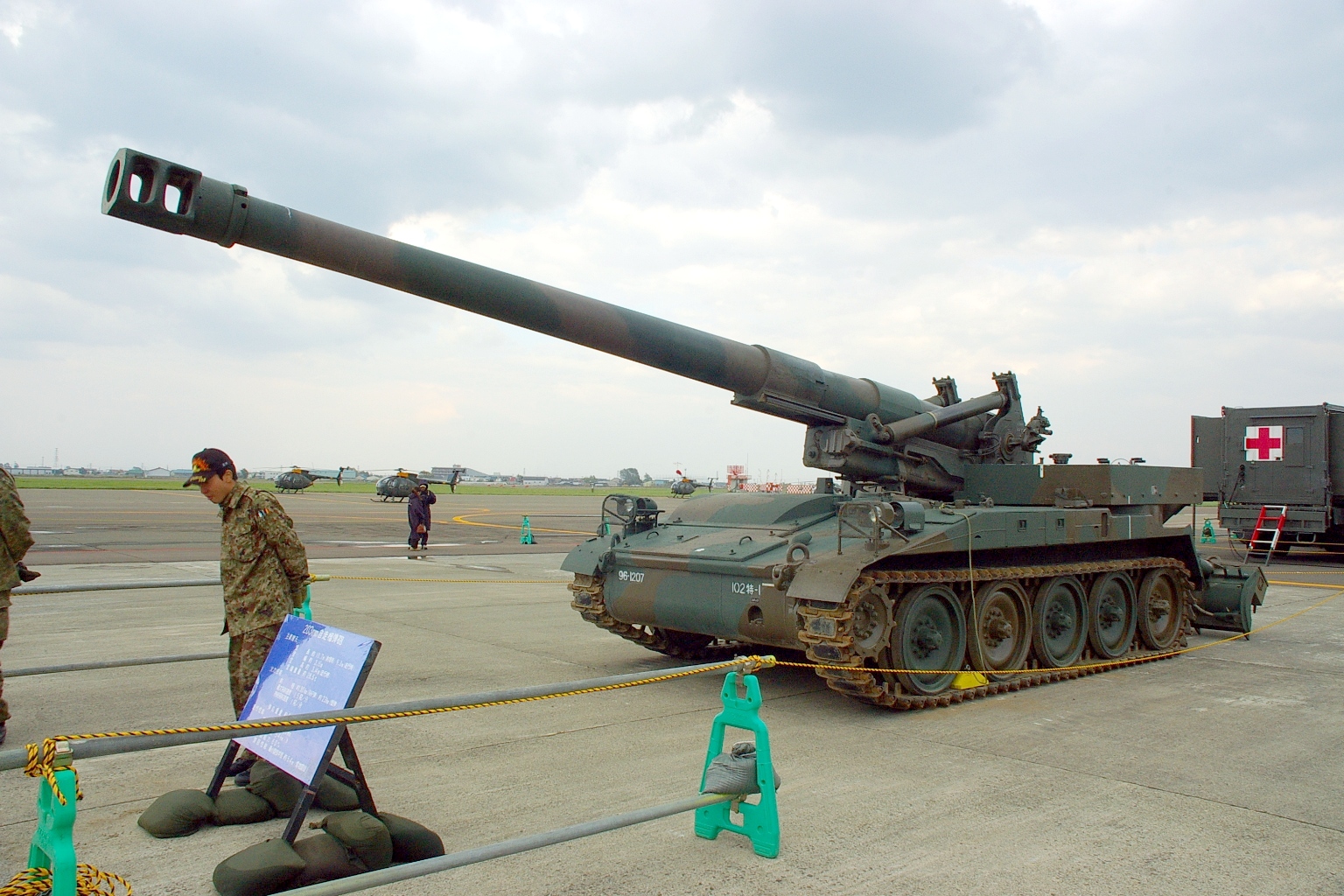
With the Army’s strategic pivot, the artillery branch is poised to continue its evolution, adapting to the demands of the 21st-century battlefield.
Relevant articles:
– Army’s future artillery may include wheeled howitzers, automated cannons, and long-range mortars, Defense One
– The Army’s Towed Howitzers Are Going Extinct, After an Astonishing 900 Years, popularmechanics.com
– Army’s upcoming artillery strategy has ‘a big menu’ to choose from, Defense News
– The 24 Programs the Army Promised to Expedite: Part One — Fires, Long, National Defense Magazine

